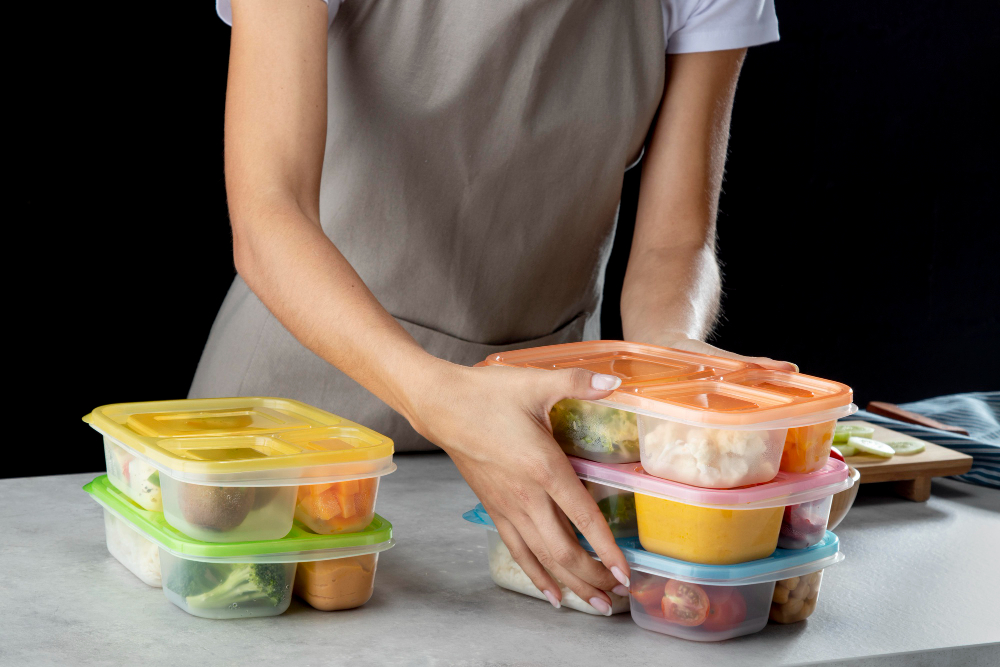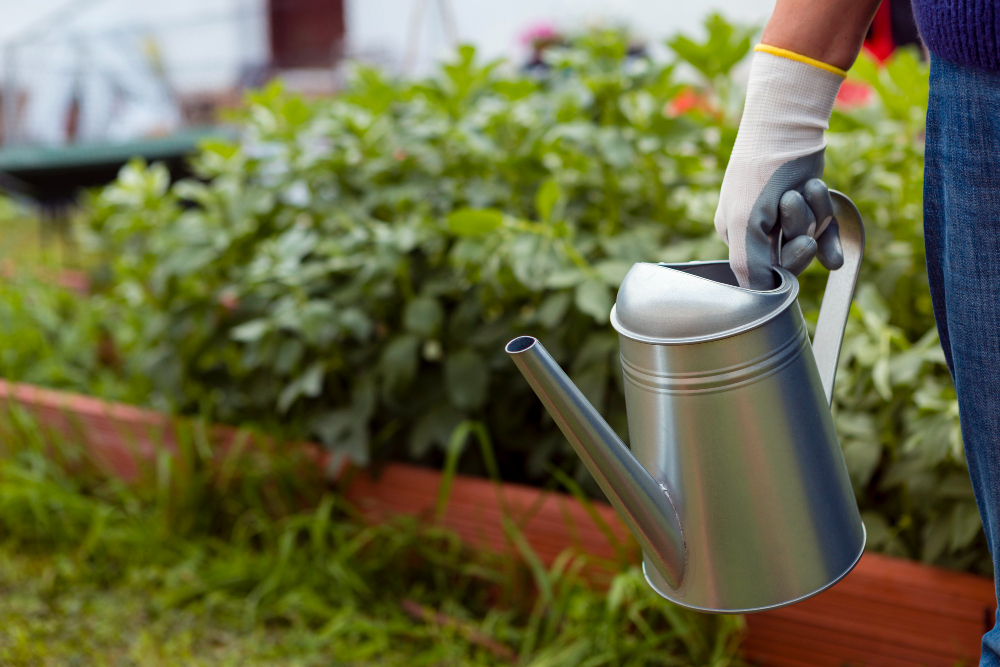Food waste is a significant issue worldwide, with billions of tons of food being discarded each year. In addition to the economic and environmental costs, food waste also contributes to hunger and food insecurity in many communities. One of the key strategies for reducing food waste is proper food storage, which helps preserve the freshness and quality of perishable items for longer periods. By employing effective storage methods, individuals can minimize spoilage and extend the shelf life of their food, ultimately reducing waste and saving money.
Investing in Quality Storage Containers
Investing in quality storage containers is essential for preventing food waste. Airtight containers help seal in freshness and prevent moisture from entering, which can cause food to spoil more quickly. Opt for containers made from durable materials such as glass or BPA-free plastic, which are both safe for food storage and resistant to odors and stains. Additionally, consider purchasing containers in a variety of sizes to accommodate different types of food and portion sizes. Properly storing leftovers in sealed containers can help extend their shelf life and reduce the likelihood of food waste.
Utilizing Refrigerator and Freezer Space Efficiently
Properly organizing and utilizing refrigerator and freezer space is key to preventing food waste. Keep perishable items like dairy products, meats, and fresh produce in the refrigerator where temperatures are consistently cold. Store raw meat and seafood on the bottom shelf to prevent cross-contamination with other foods. In the freezer, use freezer-safe bags or containers to store items like bread, fruits, and vegetables for longer-term storage. Label and date items to ensure they are used before their expiration date, and regularly rotate items to use older items first.
Using Produce Drawers Wisely
Produce drawers in refrigerators are designed to help extend the shelf life of fruits and vegetables by controlling humidity levels. Use the high-humidity drawer for items that wilt easily, such as leafy greens, broccoli, and herbs, and the low-humidity drawer for items that release ethylene gas, such as apples, bananas, and tomatoes. Storing produce in the appropriate drawer can help prevent premature spoilage and extend its freshness. Additionally, avoid overcrowding drawers, as this can restrict airflow and lead to faster decay.
Practicing FIFO: First In, First Out
The FIFO (First In, First Out) method is a simple yet effective strategy for preventing food waste. When storing food in the refrigerator or pantry, place newer items behind older ones so that older items are used first. This helps ensure that perishable items are consumed before they spoil and reduces the likelihood of forgotten or expired items being discarded. Regularly check expiration dates and perform inventory checks to identify items that need to be used or discarded to prevent waste.
Utilizing Proper Food Storage Techniques
Proper food storage techniques can help extend the shelf life of perishable items and reduce the risk of spoilage. For example, wrapping herbs and greens in damp paper towels and storing them in resealable bags can help keep them fresh longer. Storing onions, potatoes, and garlic in a cool, dark, and well-ventilated pantry can help prevent sprouting and spoilage. Additionally, storing pantry staples like flour, grains, and nuts in airtight containers can protect them from pests and moisture, preserving their quality for longer periods.
Repurposing Leftovers and Food Scraps
Repurposing leftovers and food scraps is another effective way to prevent food waste. Get creative in the kitchen by turning leftover vegetables into soups or stews, using overripe fruit in smoothies or baked goods, and incorporating leftover proteins into salads or casseroles. Additionally, consider composting food scraps like vegetable peels, eggshells, and coffee grounds to create nutrient-rich soil for gardening. By finding creative ways to use leftovers and food scraps, individuals can reduce waste and stretch their food budget further.
A Fresh Approach to Food Storage
In conclusion, preventing food waste when storing food requires a combination of proper storage containers, efficient organization, and smart food management techniques. By investing in quality storage containers, utilizing refrigerator and freezer space efficiently, and practicing FIFO, individuals can minimize spoilage and extend the shelf life of perishable items. Additionally, utilizing produce drawers wisely, employing proper food storage techniques, and repurposing leftovers and food scraps can further reduce waste and promote sustainability in the kitchen. With these strategies in place, individuals can enjoy fresher, longer-lasting food while also doing their part to combat food waste on a global scale.



